Home>Articles>Why Would Electric Stove Burners Stay Hot When Off
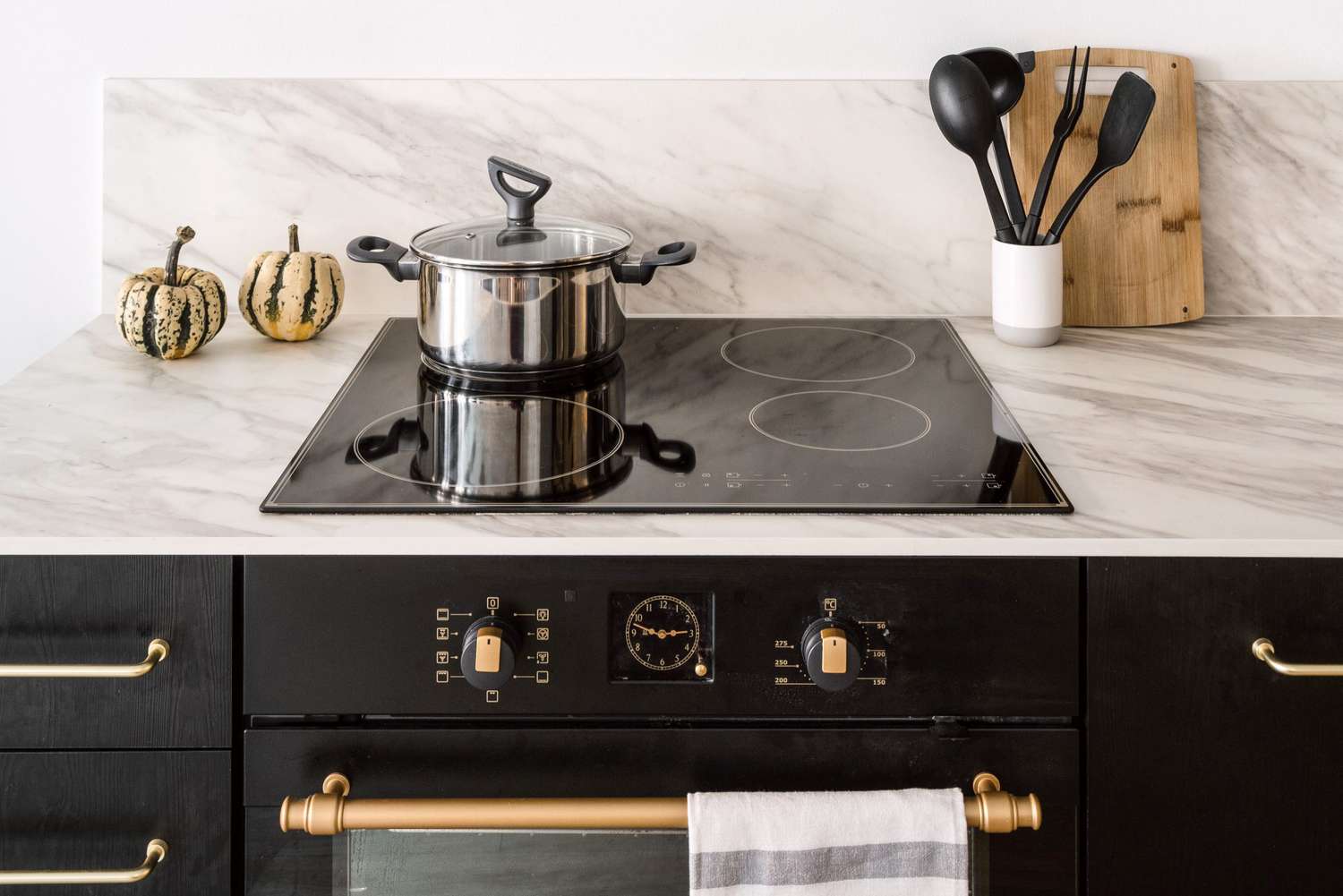

Articles
Why Would Electric Stove Burners Stay Hot When Off
Modified: August 28, 2024
Find articles explaining why electric stove burners can stay hot even when turned off. Get insights on the possible causes and solutions to this issue.
(Many of the links in this article redirect to a specific reviewed product. Your purchase of these products through affiliate links helps to generate commission for Storables.com, at no extra cost. Learn more)
Introduction
Electric stoves have become a staple in modern kitchens, offering convenience and efficiency when it comes to cooking. However, there may be instances when you find that the burners on your electric stove remain hot even when they are switched off. This can be a cause for concern and raise questions about the safety and functionality of your stove.
In this article, we will delve into why electric stove burners may stay hot when turned off and explore the possible reasons behind this phenomenon. Understanding the functioning of electric stove burners and the potential issues that can arise will help you identify and address the problem effectively.
So, let’s dive right in and unravel the mysteries behind why electric stove burners may continue to retain heat even after they have been switched off.
Key Takeaways:
- Electric stove burners may stay hot when turned off due to residual heat, faulty temperature control, defective heating elements, or electrical issues. Understanding these reasons is crucial for addressing the issue effectively and ensuring safety in the kitchen.
- Safety precautions, such as avoiding accidental burns and fire hazards, are essential when dealing with hot burners. Troubleshooting steps can help address the issue, but seeking professional assistance for electrical problems is always recommended to ensure safety and proper resolution.
Read more: Why Would An Electrical Cord Get Hot
Understanding Electric Stove Burners
Before we explore the reasons behind electric stove burners staying hot when turned off, it’s essential to have a basic understanding of how these burners work and the different types available in the market.
How Electric Stove Burners Work:
Electric stove burners consist of heating elements that generate heat to cook food. These heating elements are typically made of coils of resistance wire, which produce heat when an electric current passes through them. The amount of heat generated can be controlled by adjusting the current flow.
When you turn on an electric stove burner, electricity flows through the heating element, causing it to heat up. The heat is then transferred to the cookware placed on the burner, cooking or heating the food.
Types of Electric Stove Burners:
There are primarily two types of electric stove burners: coil burners and smooth-top burners.
1. Coil Burners: These are the traditional burners found in older electric stoves. They consist of coiled heating elements that glow red when in use. The coil burners offer a high level of heat output and are typically less expensive than smooth-top burners.
2. Smooth-Top Burners: These burners have a ceramic or glass surface that provides a sleek and modern look. Smooth-top burners are known for their ease of cleaning and are preferred for their aesthetic appeal. They heat up quickly and distribute heat evenly across the surface.
Understanding the basic functioning and different types of electric stove burners sets the foundation for comprehending why these burners may continue to emit heat even after they have been turned off. Let’s now explore the possible reasons behind this issue.
The Functioning of Electric Stove Burners
Now that we have a grasp on the basics of electric stove burners, let’s delve deeper into their functioning. Understanding the design and operation of the heating element, as well as the temperature regulation mechanism, will provide insights into the potential reasons for burners staying hot when turned off.
Heating Element Design and Operation:
The heating elements of electric stove burners are designed to generate and radiate heat. As electricity passes through the resistance wire in the heating element, it heats up, and this heat is then transferred to the cookware on the burner’s surface. The design and materials used in the heating element are crucial factors that impact its effectiveness and efficiency.
Coil burners, for example, consist of coiled resistance wire, which glows red when in use. Smooth-top burners, on the other hand, use a flat, glass or ceramic surface with an embedded heating element beneath. This layout ensures that heat is evenly distributed across the burner’s surface.
Temperature Regulation Mechanism:
Electric stove burners are equipped with a temperature regulation mechanism to control and maintain the desired heat level. This mechanism is typically in the form of a thermostat, which monitors and adjusts the current flow to the heating element. When the burner is turned on, the thermostat allows the appropriate amount of electricity to pass through the heating element to reach the desired temperature. Once the set temperature is reached, the thermostat reduces or cuts off the current flow to maintain a consistent heat level.
Common Electrical Issues:
While electric stove burners are designed to function reliably, they can sometimes experience electrical issues that may cause them to stay hot when turned off. Some common electrical problems that can lead to this situation include:
- Faulty wiring connections: Loose or damaged electrical connections can affect the flow of electricity to the burner, resulting in improper temperature regulation.
- Defective thermostats: A malfunctioning thermostat may not properly regulate the current flow, causing the burner to stay hot even after being turned off.
- Power supply problems: Inadequate power supply or fluctuations in the electrical power can impact the functioning of the burners and their ability to turn off completely.
Understanding the functioning of electric stove burners, including the design and operation of the heating element, the temperature regulation mechanism, and the potential electrical issues, provides valuable insights as we explore the reasons behind burners staying hot when turned off. Stay tuned as we uncover the possible causes in the next section.
Check the stove for any residual heat, as the burners may stay hot for a while after being turned off. Also, make sure the stove is properly cleaned to prevent any blockage of the heat vents.
Possible Reasons for Electric Stove Burners Staying Hot When Off
There can be several reasons why electric stove burners continue to emit heat even after they have been turned off. Let’s explore some of the possible explanations for this phenomenon:
Residual Heat:
One common reason for burners staying hot when turned off is residual heat. Electric stove burners take time to cool down after being switched off due to the residual heat retained by the heating element and the cookware placed on top. The length of time it takes for the burner to cool can vary depending on factors such as the cooking temperature, the type of burner, and the thickness of the cookware.
Smooth-top burners, with their glass or ceramic surface, tend to retain heat longer compared to coil burners. It is important to exercise caution and avoid touching the burner or placing any flammable objects on it until it has cooled down completely.
Faulty Temperature Control:
If the temperature control mechanism of the electric stove burner is faulty, it may not function properly to regulate the heat output. A malfunctioning thermostat or temperature sensor can cause the burner to remain hot even when it is supposed to be off. In such cases, it is recommended to have a professional look into the issue to repair or replace the faulty components.
Defective Heating Element:
A defective or damaged heating element can also result in burners staying hot when turned off. If the heating element does not properly shut off or if there are internal issues affecting its operation, it may continue to generate heat even when the burner is switched off. In this situation, it is advisable to consult a technician to inspect and repair or replace the faulty heating element.
Electrical Issues:
Electrical problems within the stove’s wiring system or power supply can contribute to burners staying hot when turned off. Loose or damaged wiring connections, power fluctuations, or inadequate power supply can disrupt the proper functioning of the burners, causing them to remain hot. Professional assistance from an electrician may be required to identify and address these electrical issues.
Identifying the specific reason behind why electric stove burners continue to emit heat when turned off can help you determine the appropriate course of action to address the problem effectively. Remember, if you are unsure or uncomfortable with troubleshooting electrical issues, it is always best to seek professional help to ensure safety and proper resolution.
Safety Concerns and Precautions
When dealing with electric stove burners that stay hot when turned off, it’s important to be aware of the safety concerns associated with this issue and take appropriate precautions to prevent any accidents or injuries. Here are some key points to consider:
Risks Associated with Hot Burners:
Hot burners pose several risks, including:
- Burns: Accidental contact with a hot burner can lead to painful burns. It’s important to keep your hands and any flammable materials away from the burner until it has cooled down.
- Fire Hazard: If flammable objects are left on or too close to a hot burner, it can lead to a fire hazard. Be sure to remove any potential fire hazards from the vicinity of the burner.
- Electrical Safety: If the burners are experiencing electrical issues, there may be a risk of electrical shocks or other electrical hazards. It’s best to avoid attempting any repairs or troubleshooting on your own and consult a professional electrician instead.
Avoiding Accidental Burns:
To prevent accidental burns, follow these precautions:
- Never touch a burner that is still hot. Allow sufficient time for the burner to cool down before coming into contact with it.
- Avoid placing flammable materials, such as paper or plastic, near or on top of a hot burner.
- Use oven mitts or appropriate protective gear when handling cookware or adjusting the burner settings.
Troubleshooting Steps:
If you’re experiencing the issue of burners staying hot when turned off, here are some troubleshooting steps you can take:
- Ensure that the burner switch is properly turned off. Sometimes, a loose or faulty switch can result in the burner not completely turning off.
- Clean the burner and its surrounding area to remove any debris or food particles that may be causing temperature regulation issues.
- If the problem persists, consult the stove’s user manual for any specific troubleshooting steps and recommendations provided by the manufacturer.
- If you’re unable to resolve the issue or if you suspect electrical problems, it’s advised to seek professional assistance from a qualified technician or electrician.
Remember, your safety is of utmost importance. If you are unsure about any aspects of troubleshooting or addressing the issue, it is always best to seek professional help to ensure a safe and effective resolution.
Read more: How Hot Are Stove Burners
Conclusion
The phenomenon of electric stove burners staying hot when turned off can be concerning, but it is important to understand the reasons behind it and take appropriate measures to address the issue. We explored various aspects of electric stove burners, including their functioning, types, and potential causes for staying hot when switched off.
Residual heat, faulty temperature control, defective heating elements, and electrical issues are among the common reasons that can contribute to this problem. Identifying the specific cause is crucial in order to take appropriate action and resolve the issue effectively.
Throughout this article, we emphasized the significance of safety precautions when dealing with hot burners. It’s essential to be aware of the risks associated with hot burners, such as burns and fire hazards, and take appropriate measures to prevent accidents and injuries.
Furthermore, we provided some troubleshooting steps that you can follow to address the issue. However, if you are uncertain or uncomfortable with troubleshooting electrical issues, it is always recommended to consult with a qualified professional to ensure proper resolution and ensure your safety.
In conclusion, understanding the functioning of electric stove burners, knowing the possible reasons behind them staying hot when turned off, and taking safety precautions are vital in maintaining a safe cooking environment. By addressing the issue promptly and ensuring proper maintenance, you can enjoy the convenience and efficiency of your electric stove while keeping the risks to a minimum.
Frequently Asked Questions about Why Would Electric Stove Burners Stay Hot When Off
Was this page helpful?
At Storables.com, we guarantee accurate and reliable information. Our content, validated by Expert Board Contributors, is crafted following stringent Editorial Policies. We're committed to providing you with well-researched, expert-backed insights for all your informational needs.
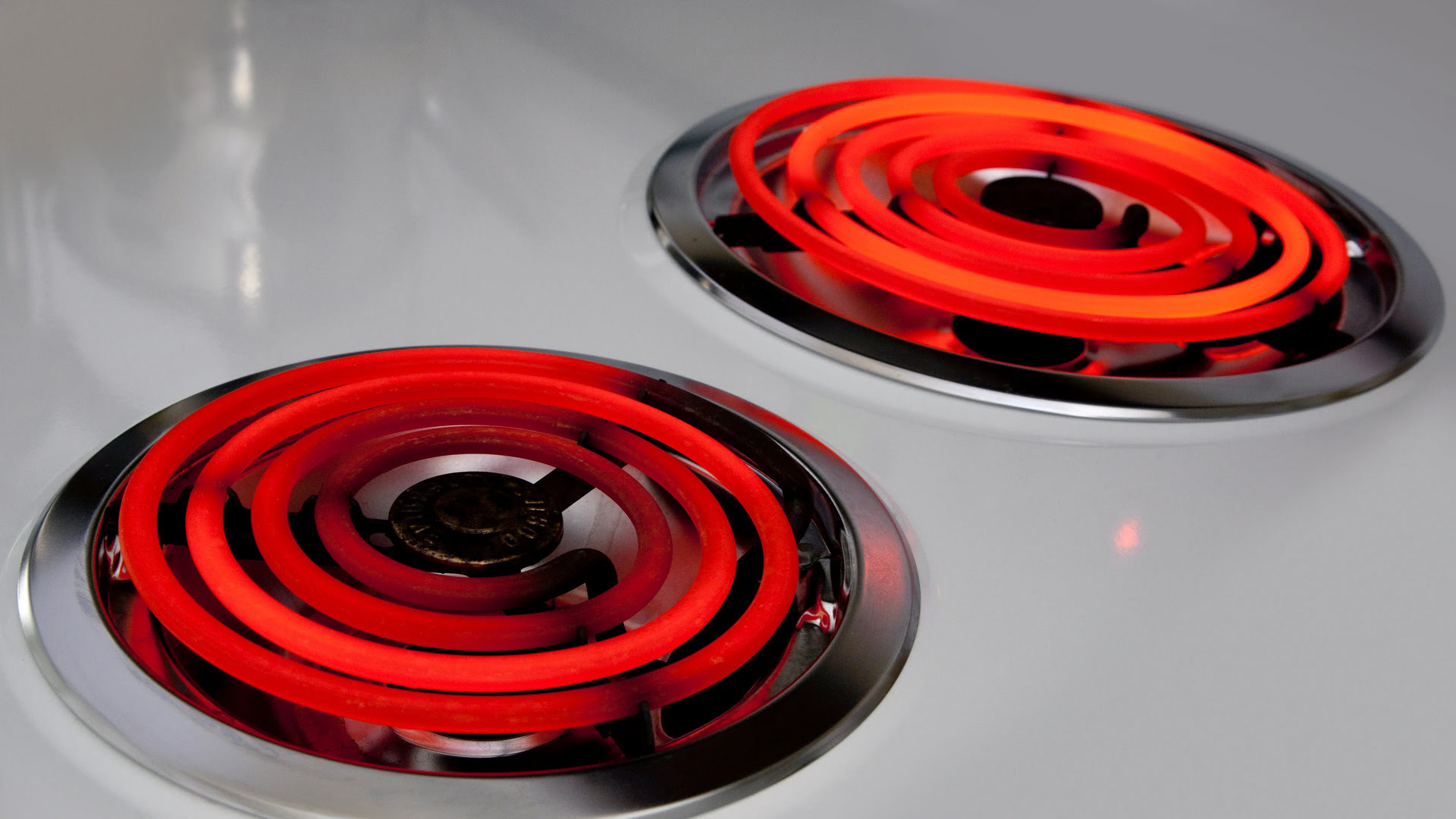
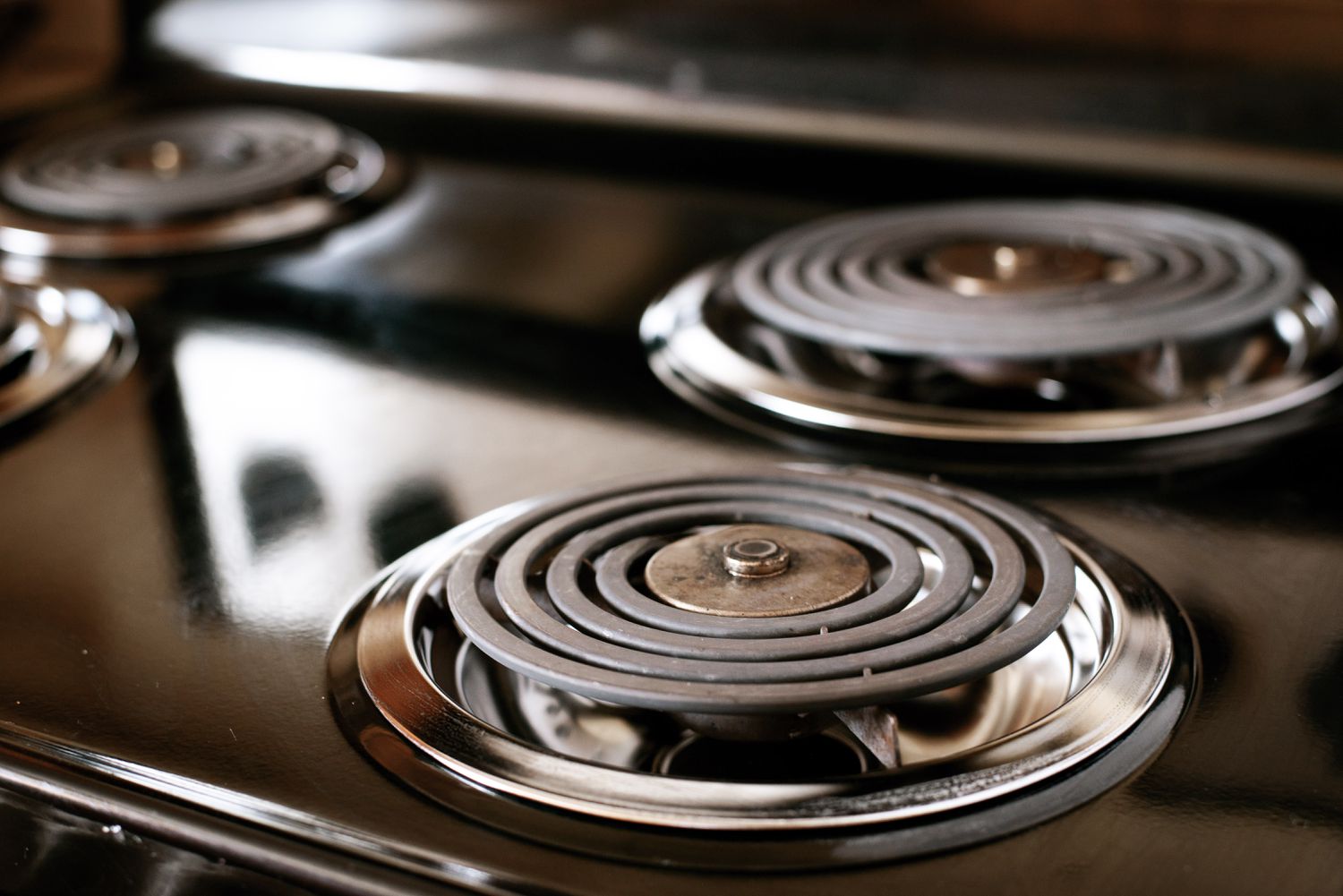
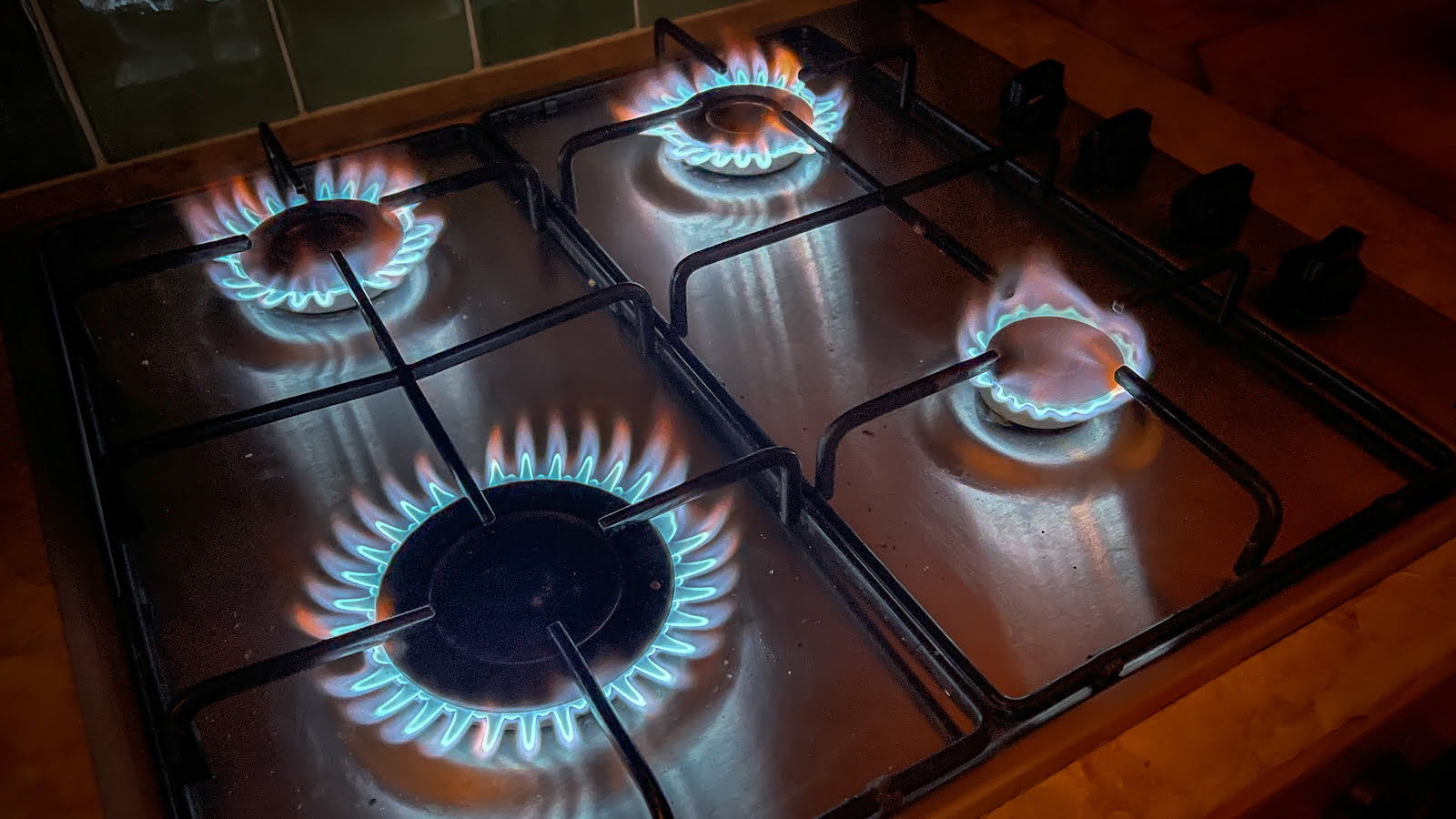
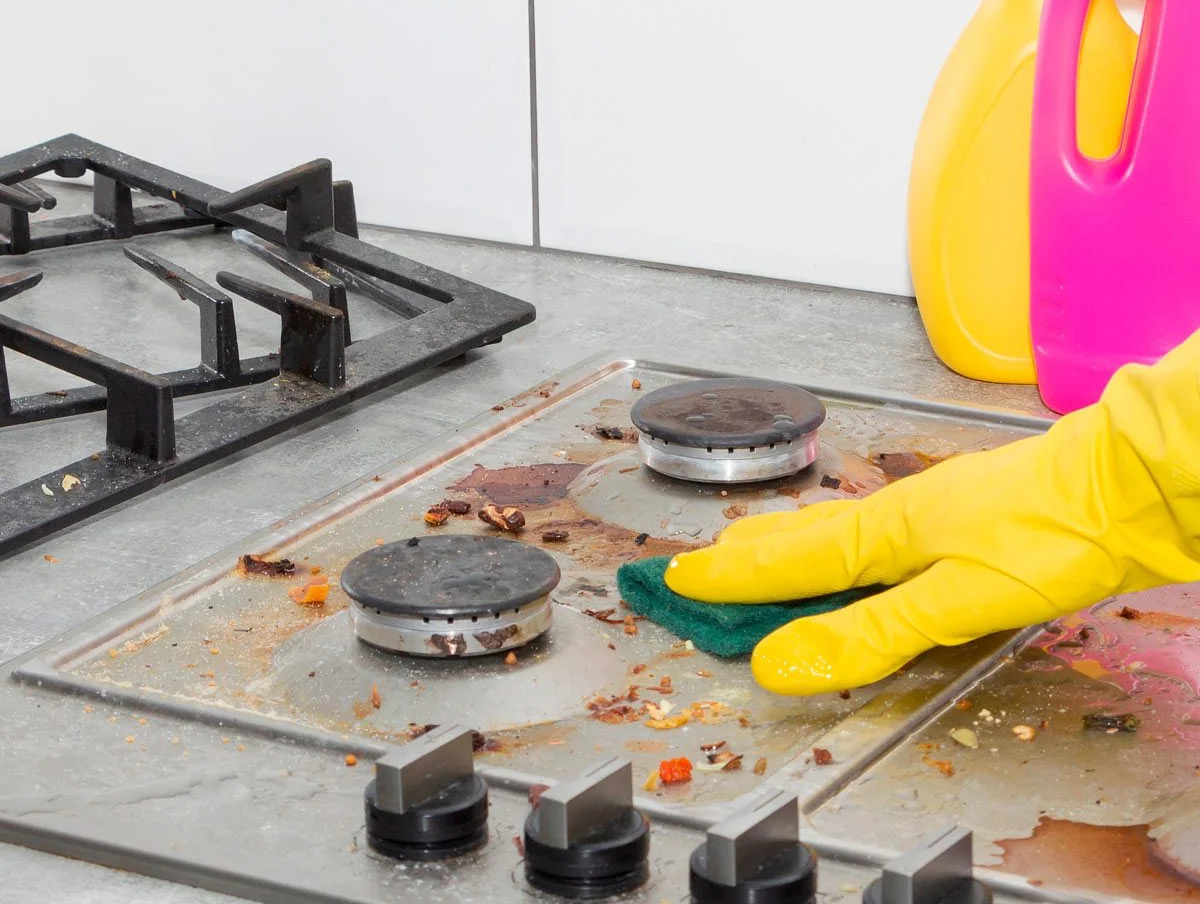
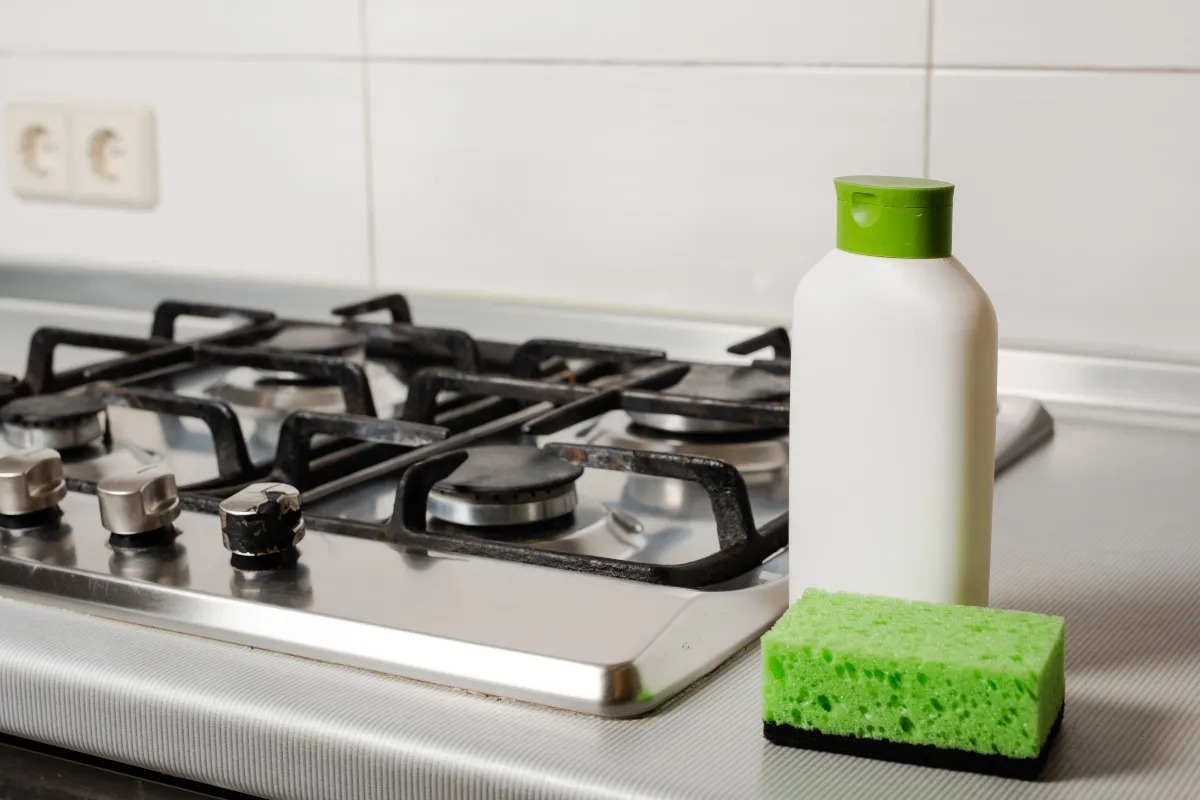
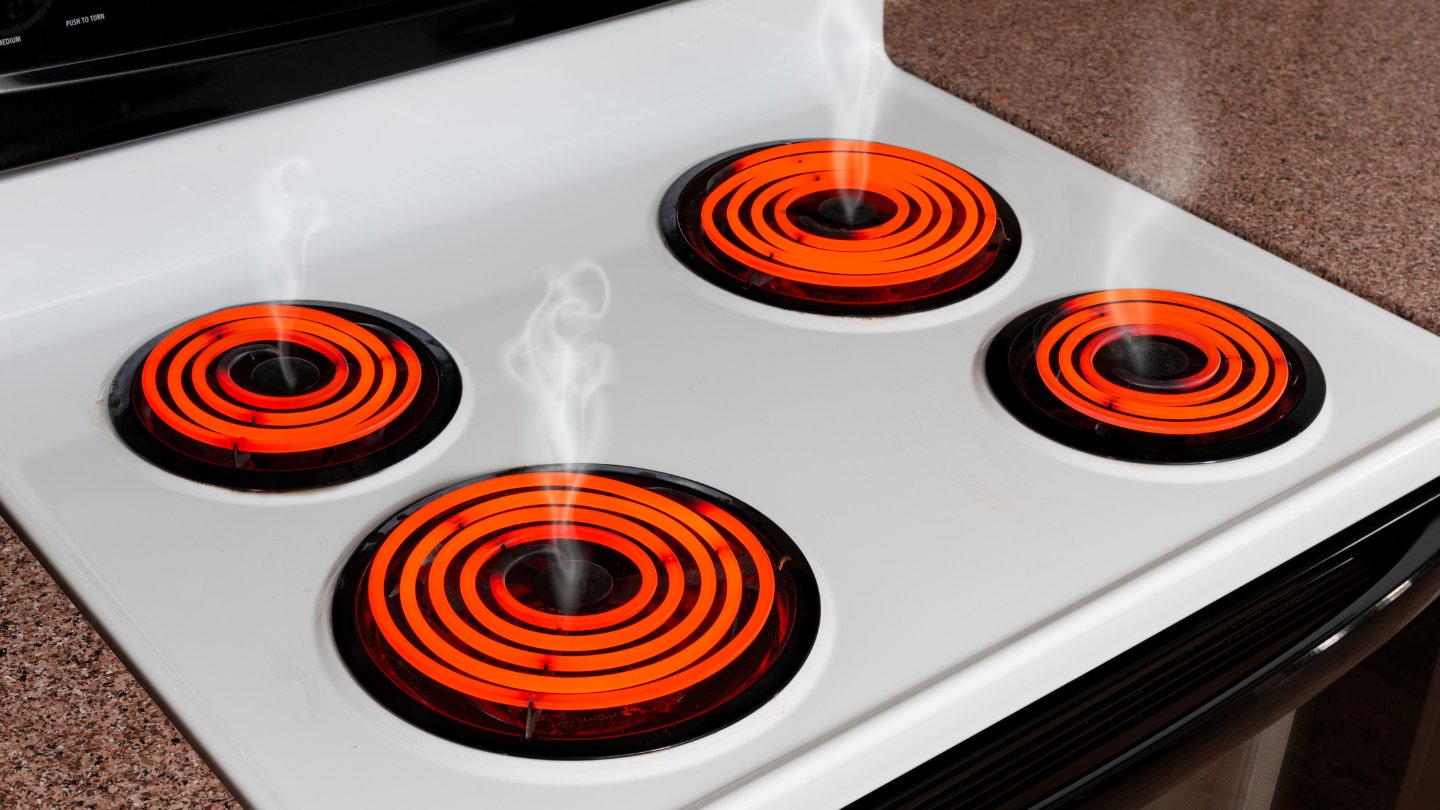
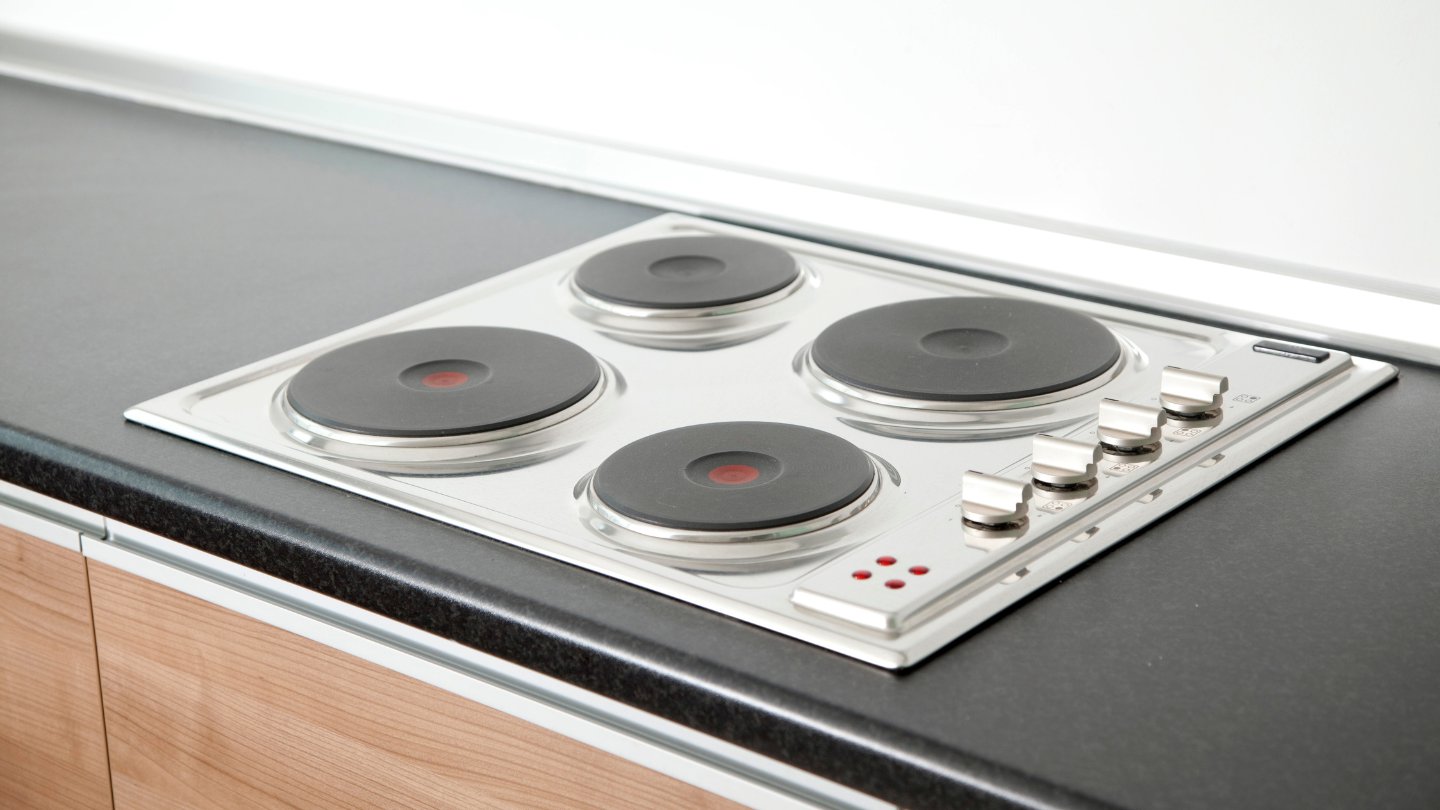
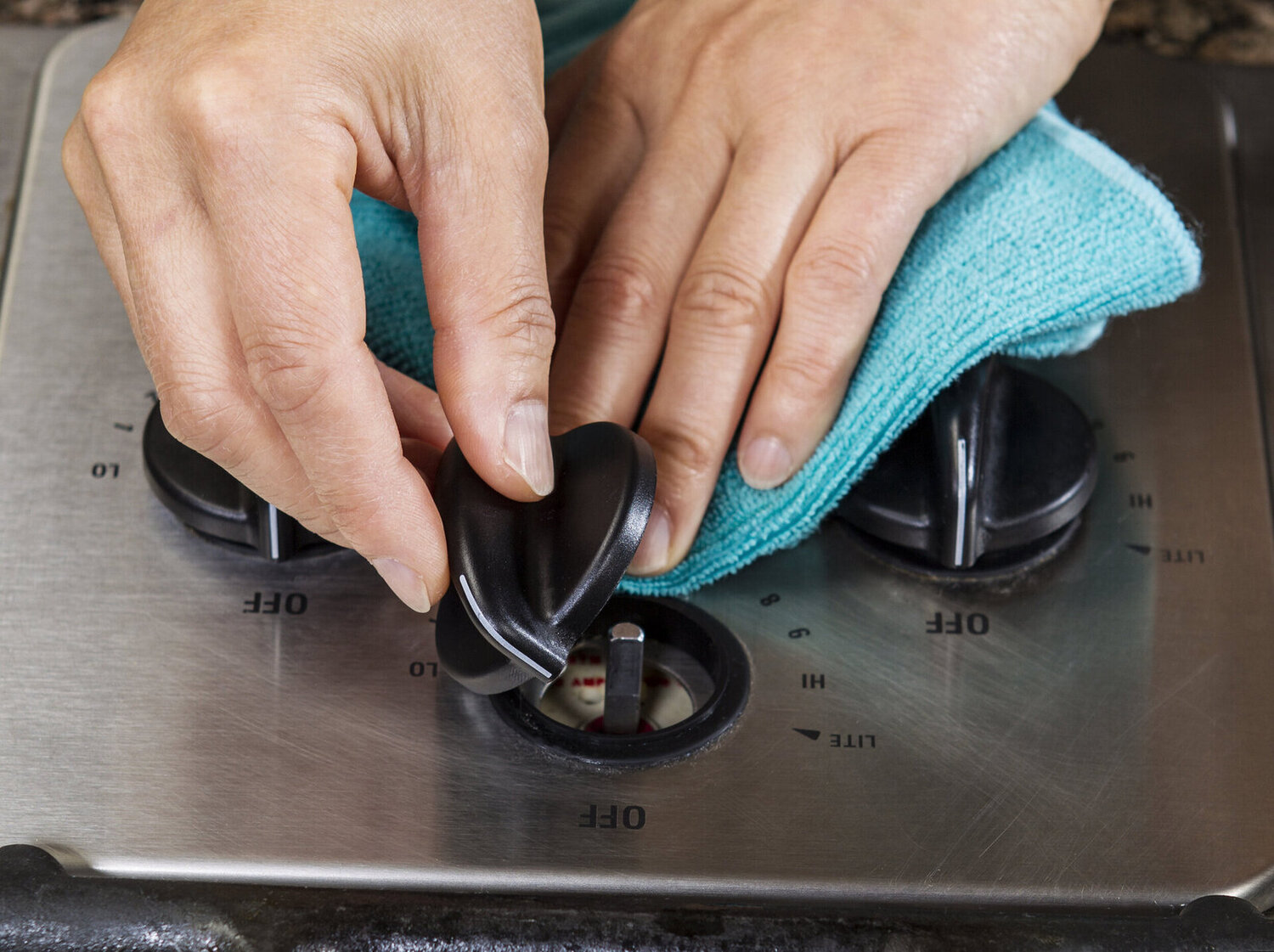
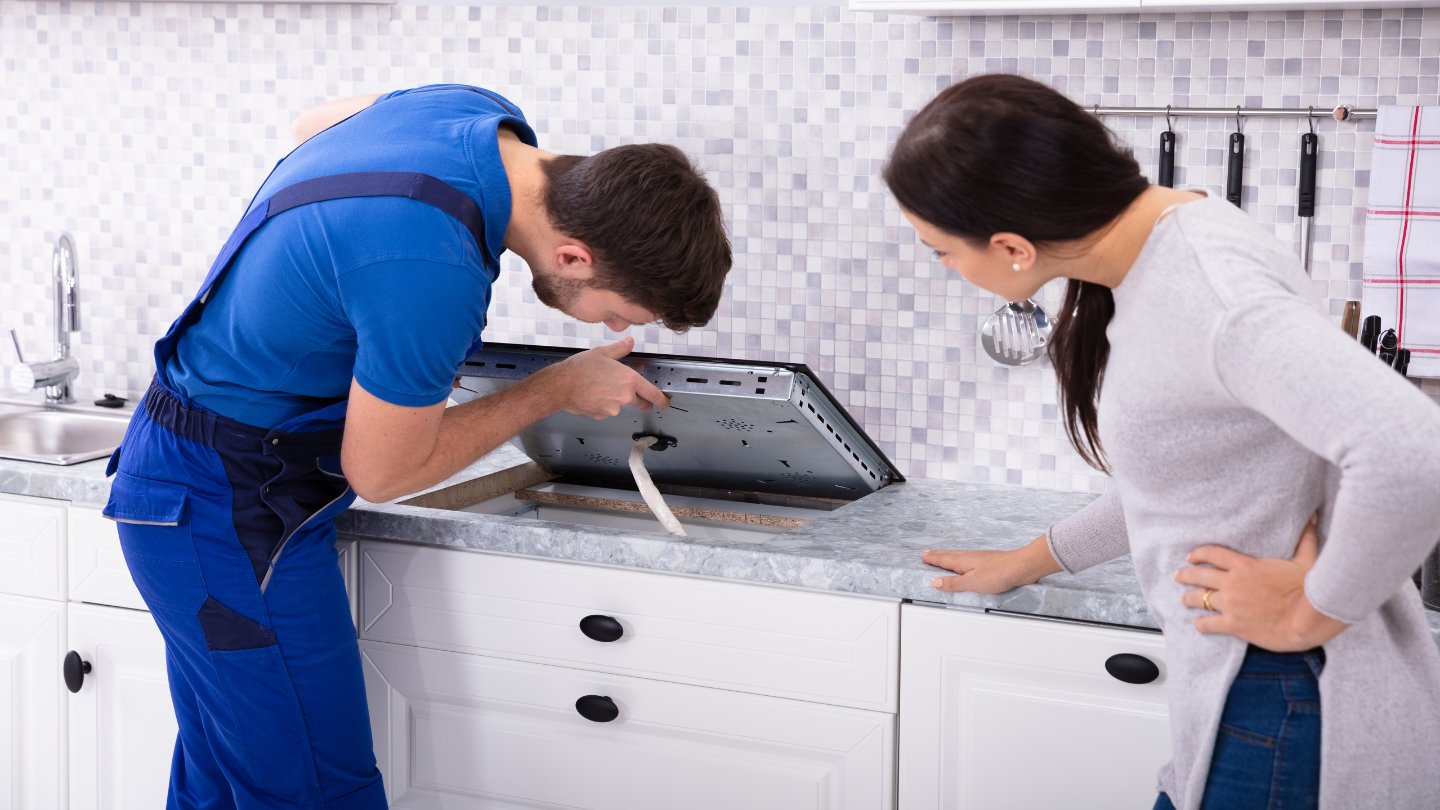
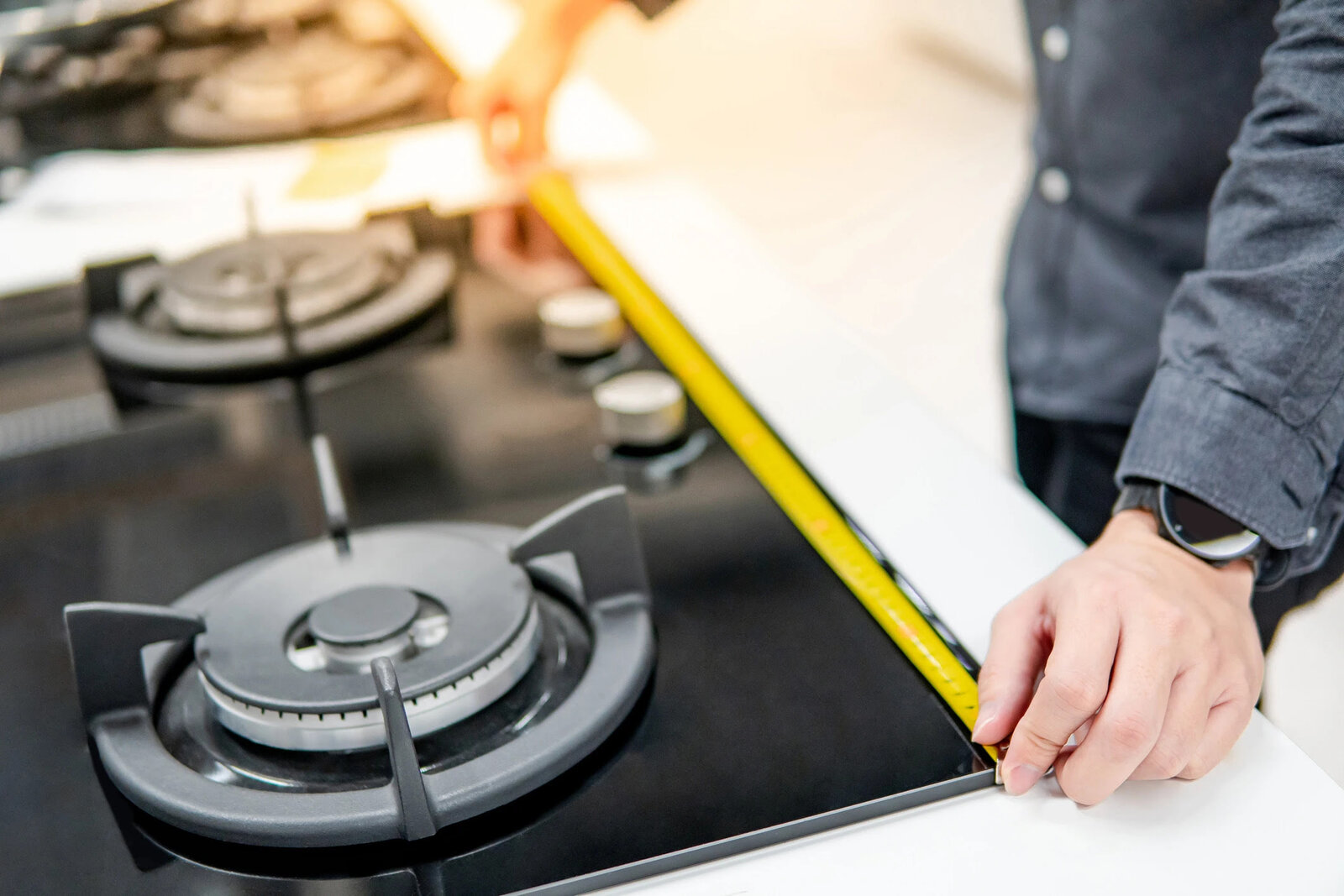
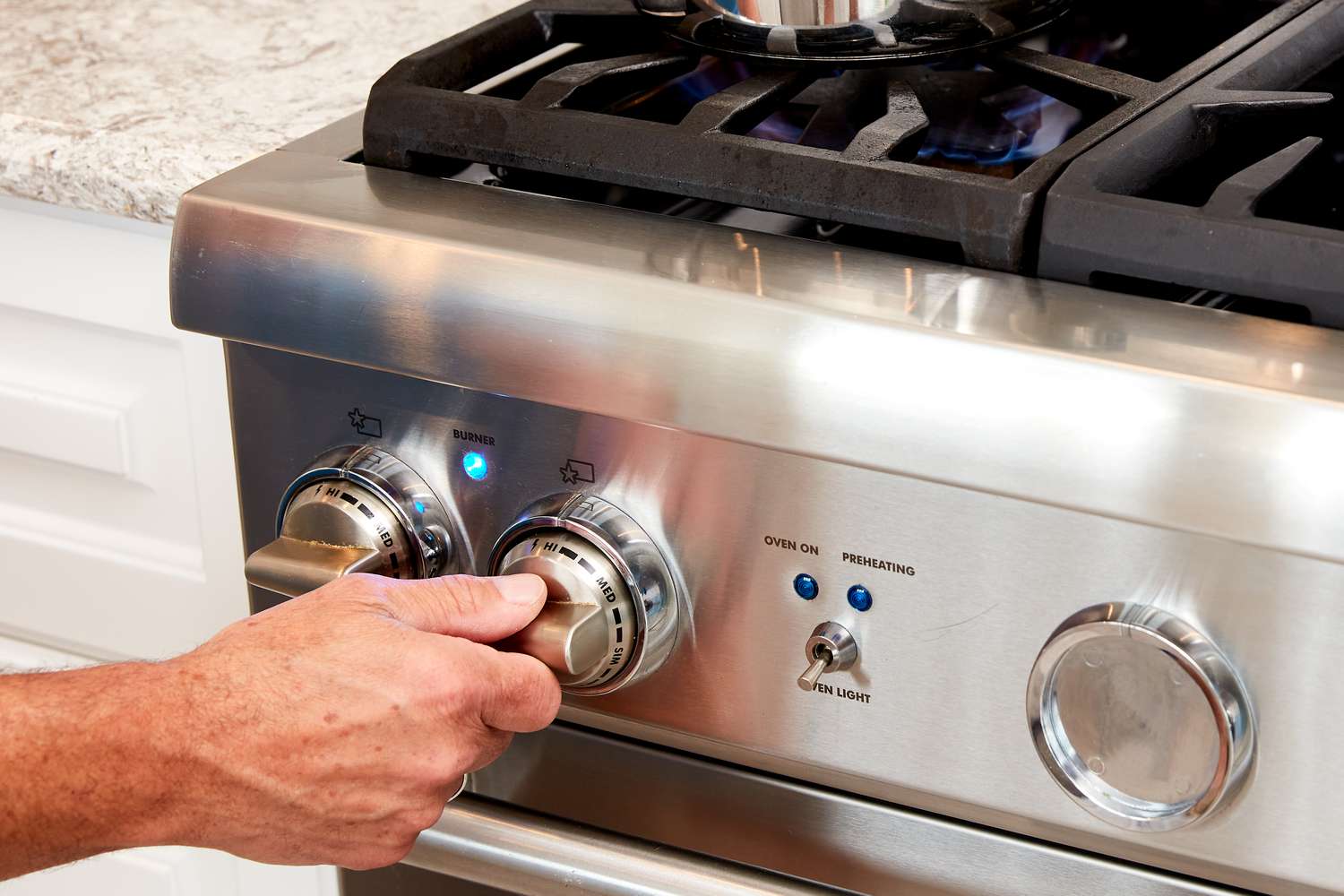
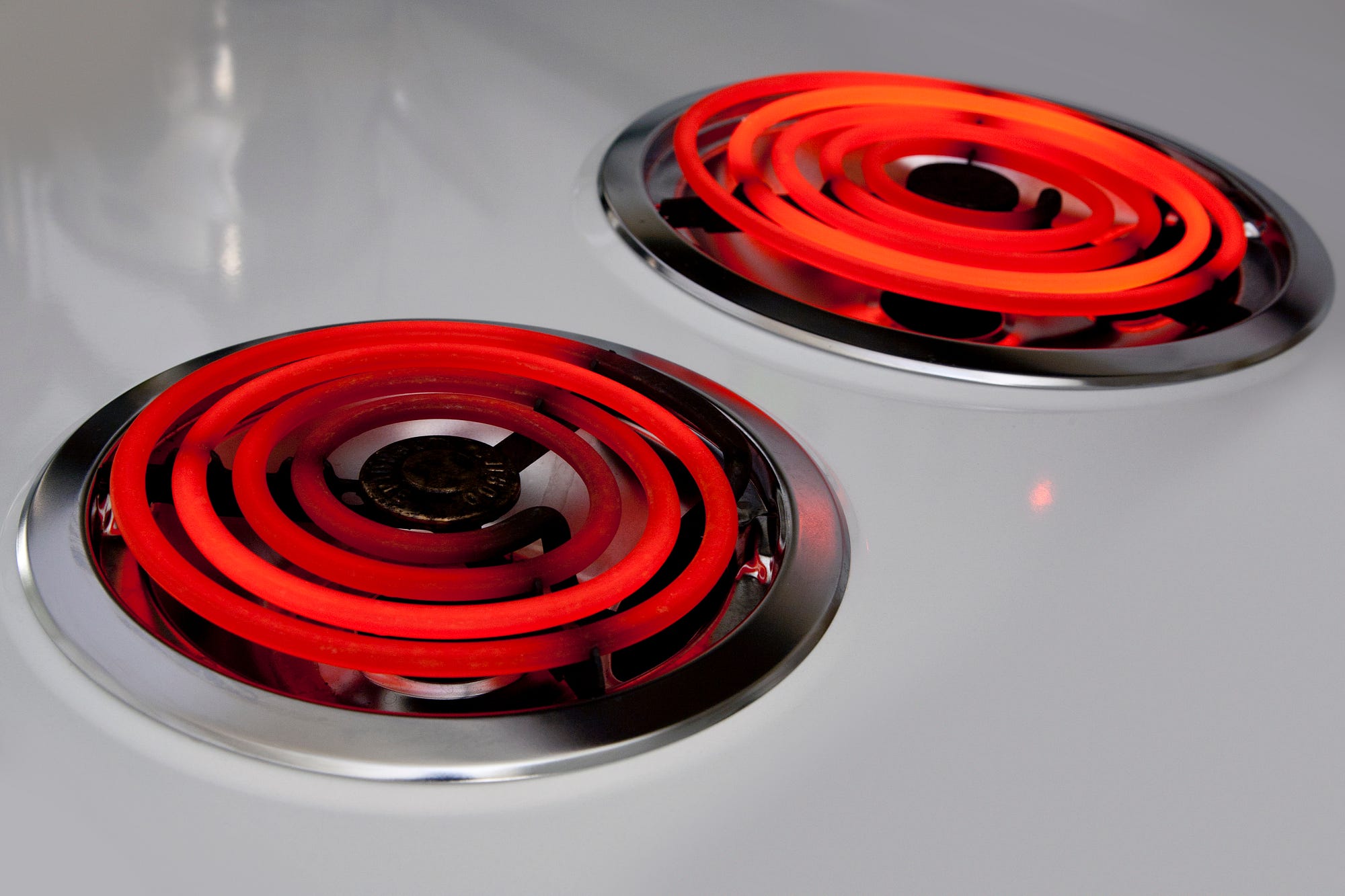

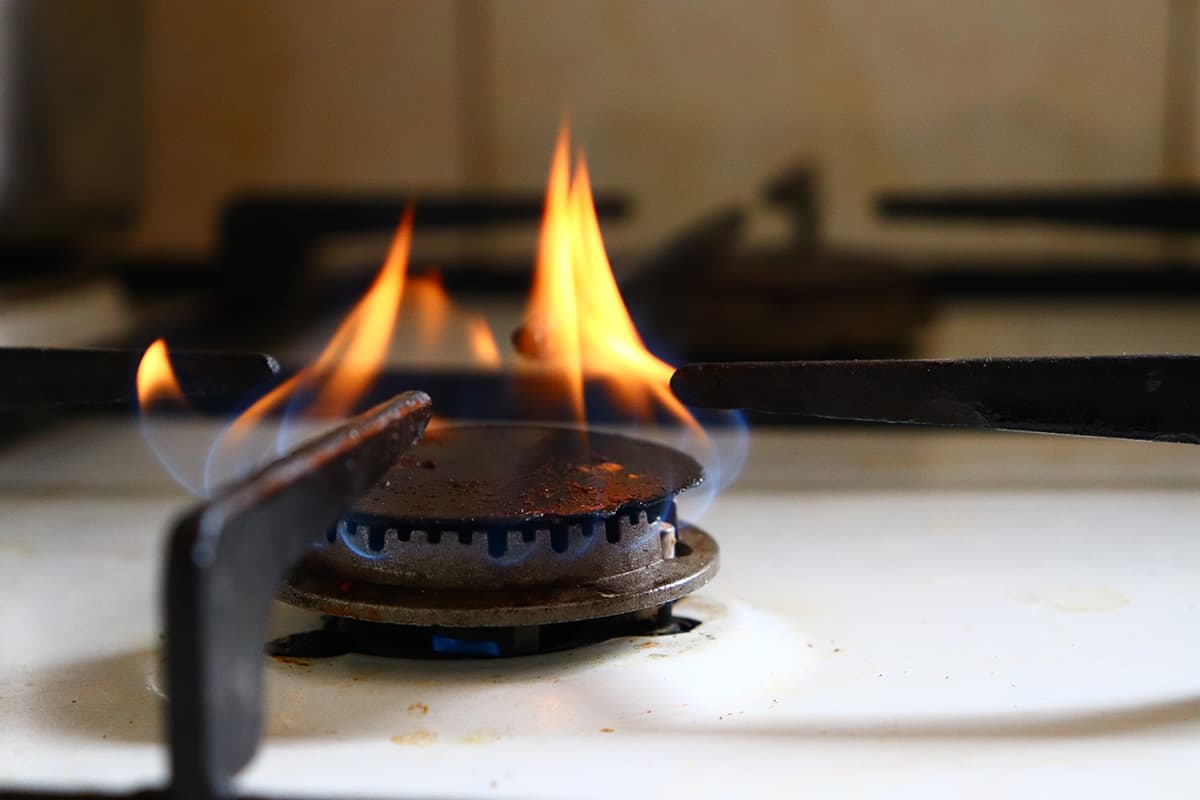

0 thoughts on “Why Would Electric Stove Burners Stay Hot When Off”